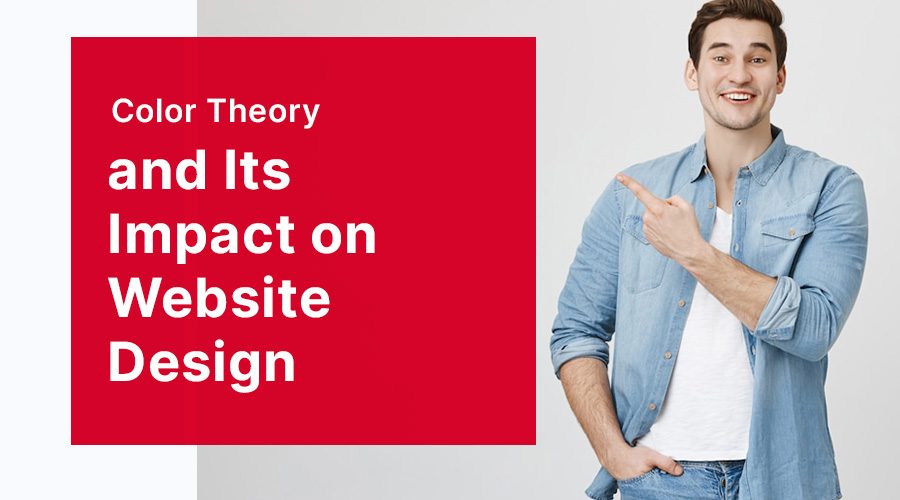Introduction
Hey, you there! Ever wondered how color affects your website design? Well, let me tell you a little secret. The color scheme of your website isn’t just about aesthetics; it’s an intricate dance between design and psychology, a visual language that can evoke emotions, trigger memories, and even influence decision-making. This post dives into the fascinating world of color theory and its significance in web design. Buckle up for a vibrant journey!
Table of Contents
- The Magic of Color Theory
- The Psychology of Colors
- Balancing Colors in Web Design
- The Role of Color in Branding
- Practical Tips for Applying Color Theory
The Magic of Color Theory
Did you know that there’s a whole science behind the colors we see and how we perceive them? Welcome to the magical world of color theory! In essence, color theory is the collection of rules and guidelines which designers use to communicate with users through appealing color schemes. It revolves around the color wheel, a circular diagram of colors arranged by their chromatic relationship. It’s like a chef’s secret recipe, combining different ingredients to create something appealing to the palate – or, in our case, the eye!
Now, it’s time to get your hands dirty. Delving into color theory, you’ll encounter a bunch of fascinating concepts like primary, secondary, and tertiary colors, warm and cool colors, complementary colors, and so much more. Color theory can feel like a mystery novel, each page uncovering a new secret. But don’t worry, once you master the basics, it’s as easy as pie!
The Psychology of Colors
It’s not just about what looks good; colors evoke feelings, you know? That’s the cornerstone of color psychology. Different colors are perceived to signify different meanings. Ever felt calm looking at the blue sea or energized by a bright yellow sunflower? That’s color psychology at play.
So, when it comes to web design, color psychology is a tool that you can’t afford to ignore. Think of it as your secret weapon to appeal to your users on a subconscious level. This could translate into longer site visits, more user engagement, and potentially higher conversion rates. Intriguing, isn’t it?
Balancing Colors in Web Design
Imagine walking into a room painted entirely in hot pink. Pretty overwhelming, right? Just like interior design, color balance is crucial in web design too. It involves using colors proportionately and harmoniously to create a visually appealing and effective design.
So how does one achieve color balance? Well, there are several approaches. You could play with the contrast, arrange colors hierarchically, or use a dominant color with a few accent colors. The goal is to avoid creating a visual chaos and guide your users’ attention to key elements on your page. Just remember, harmony is key!
The Role of Color in Branding
If I say “golden arches,” what comes to mind? McDonald’s, right? That’s the power of color in branding. Your choice of colors can become a defining feature of your brand identity, helping users instantly recognize your brand.
Not only does color make your brand memorable, but it also sets the tone of your brand’s voice and personality. A brand that uses vibrant, bold colors may be perceived as energetic and modern, while one that uses subdued, neutral colors may be viewed as classic and sophisticated. It’s like choosing the perfect outfit that captures your personality and makes you stand out from the crowd!
Practical Tips for Applying Color Theory
Alright, now that we’ve unraveled the theory, let’s get practical! Here are some tips to kickstart your color theory journey in web design:
- Start with your brand’s colors: These should be your starting point when choosing a color scheme for your website.
- Consider your audience: Different colors can evoke different reactions among various cultures and demographics.
- Use tools: There are numerous online tools that can help you generate harmonious color schemes.
- Keep accessibility in mind: Your website should be easily navigable for everyone, including people with color blindness or other visual impairments.
- Don’t be afraid to experiment: Ultimately, your website is a reflection of your brand. So be bold, be creative, and let your colors tell your story!
Conclusion
Remember, color is not just a design choice; it’s a powerful communication tool. When chosen wisely, it can turn your website from good to breathtaking, capturing your audience’s attention and helping your brand stick in their minds. Of course, mastering color theory and its application in web design takes time and practice, but hey, Rome wasn’t built in a day, right?
And if you’re looking for some help with your website design, our experts at Webnobby are always here to assist. We’re pretty good at painting digital canvases that leave a lasting impression. We’ll help you navigate the rainbow that is color theory to create a stunning, effective, and user-friendly website. Let’s paint the digital town red (or blue, or green) together!


